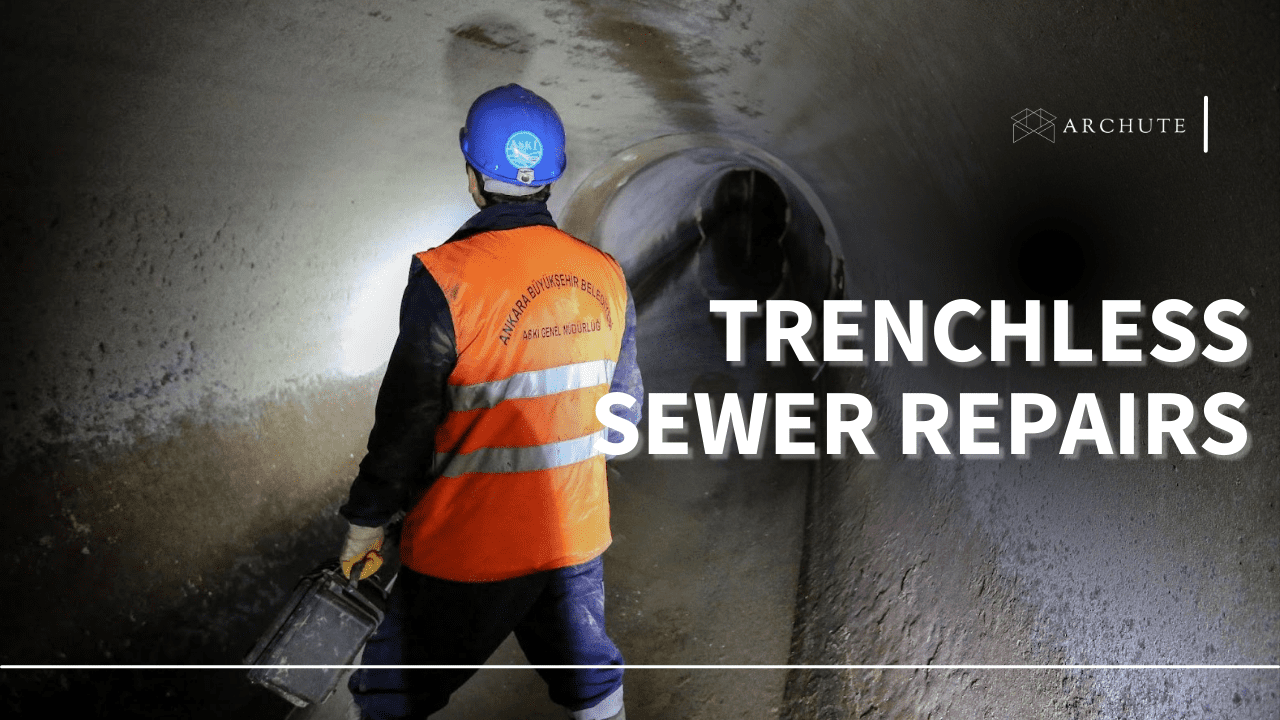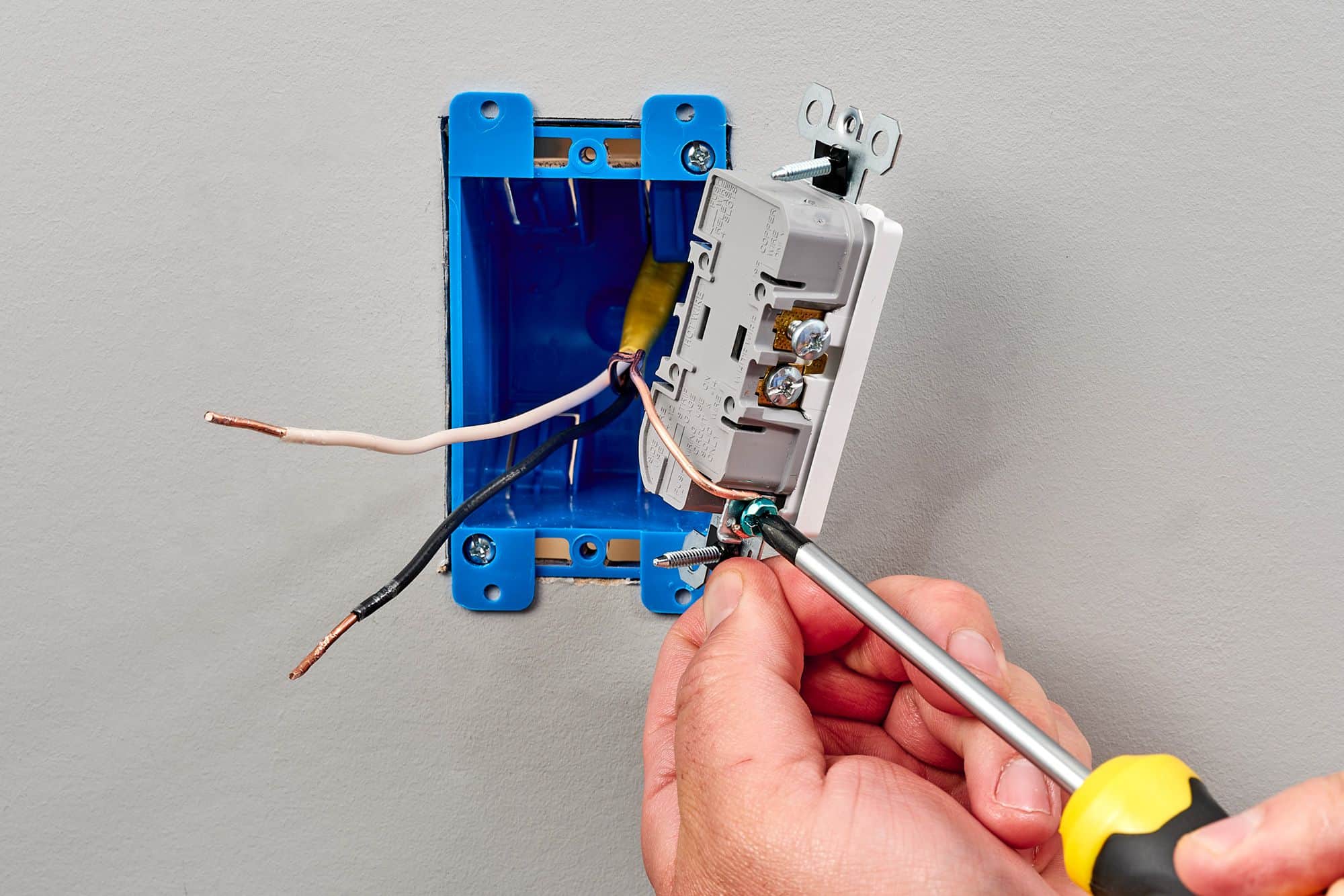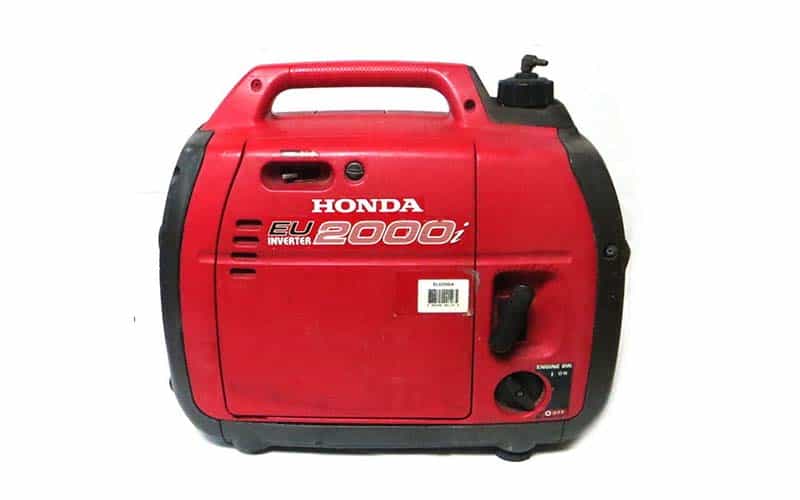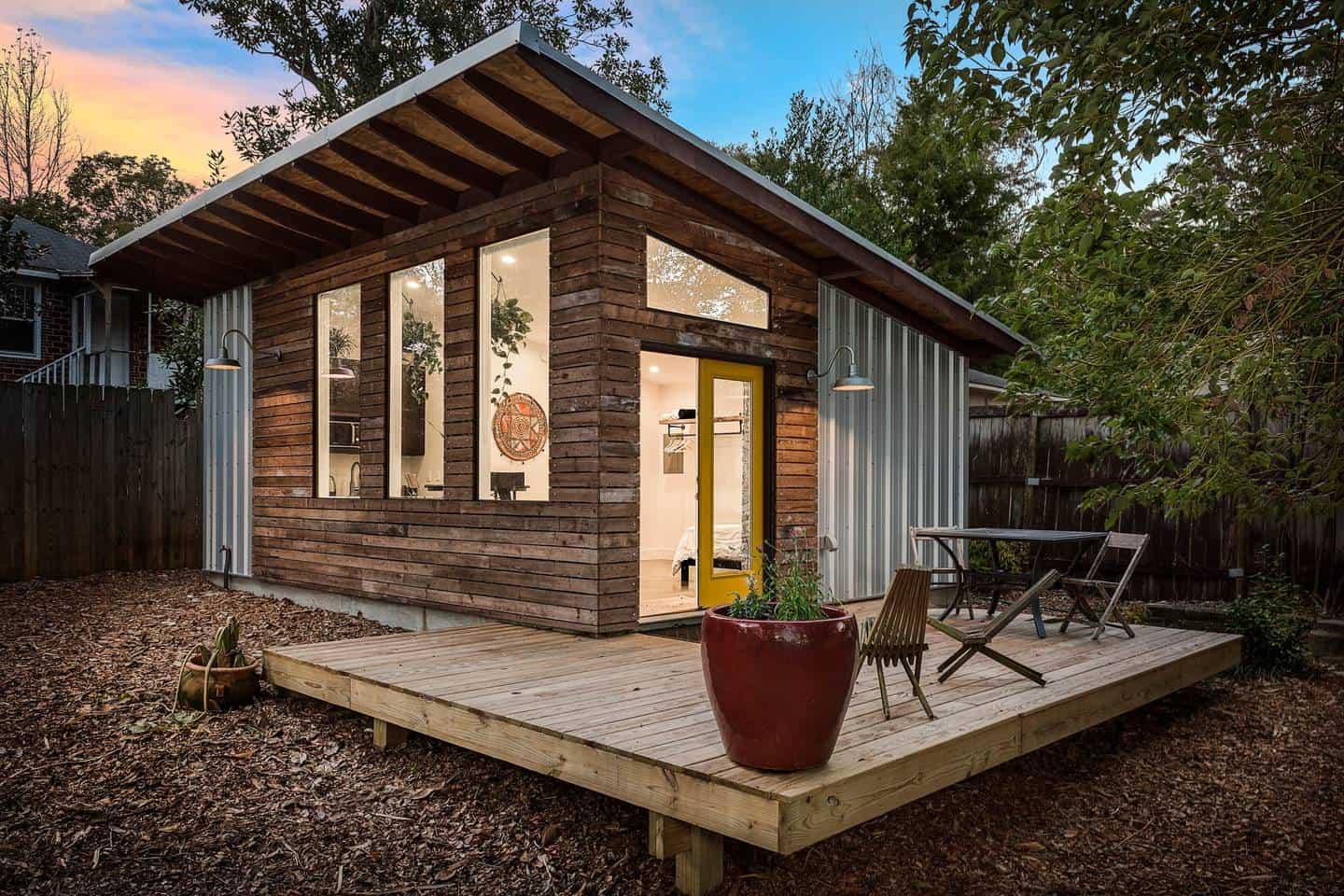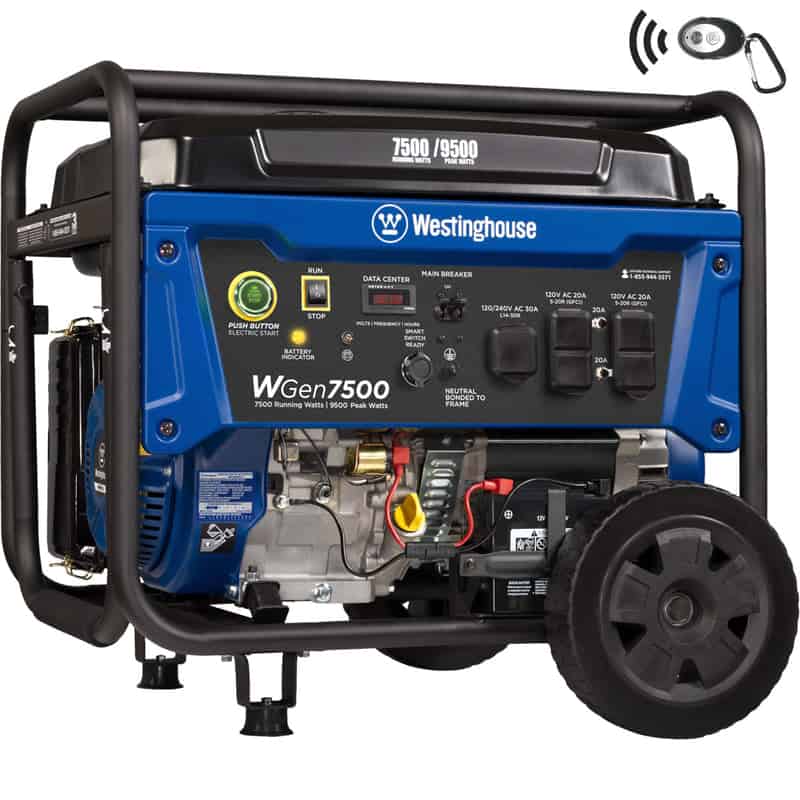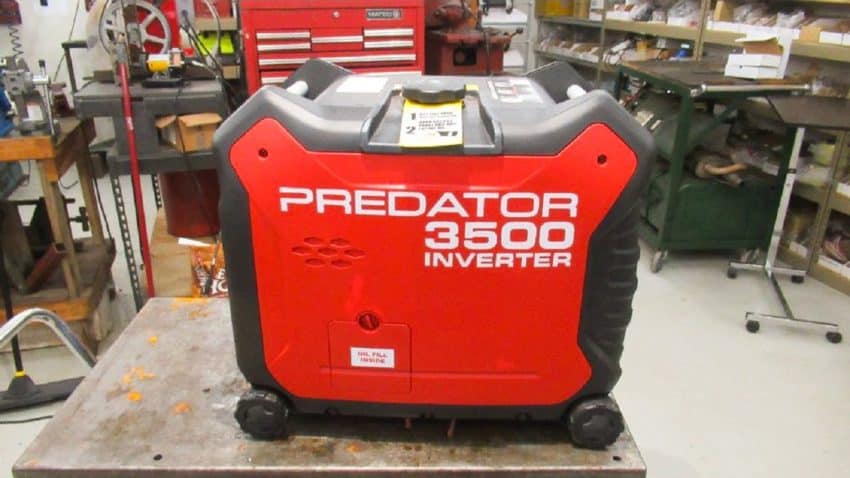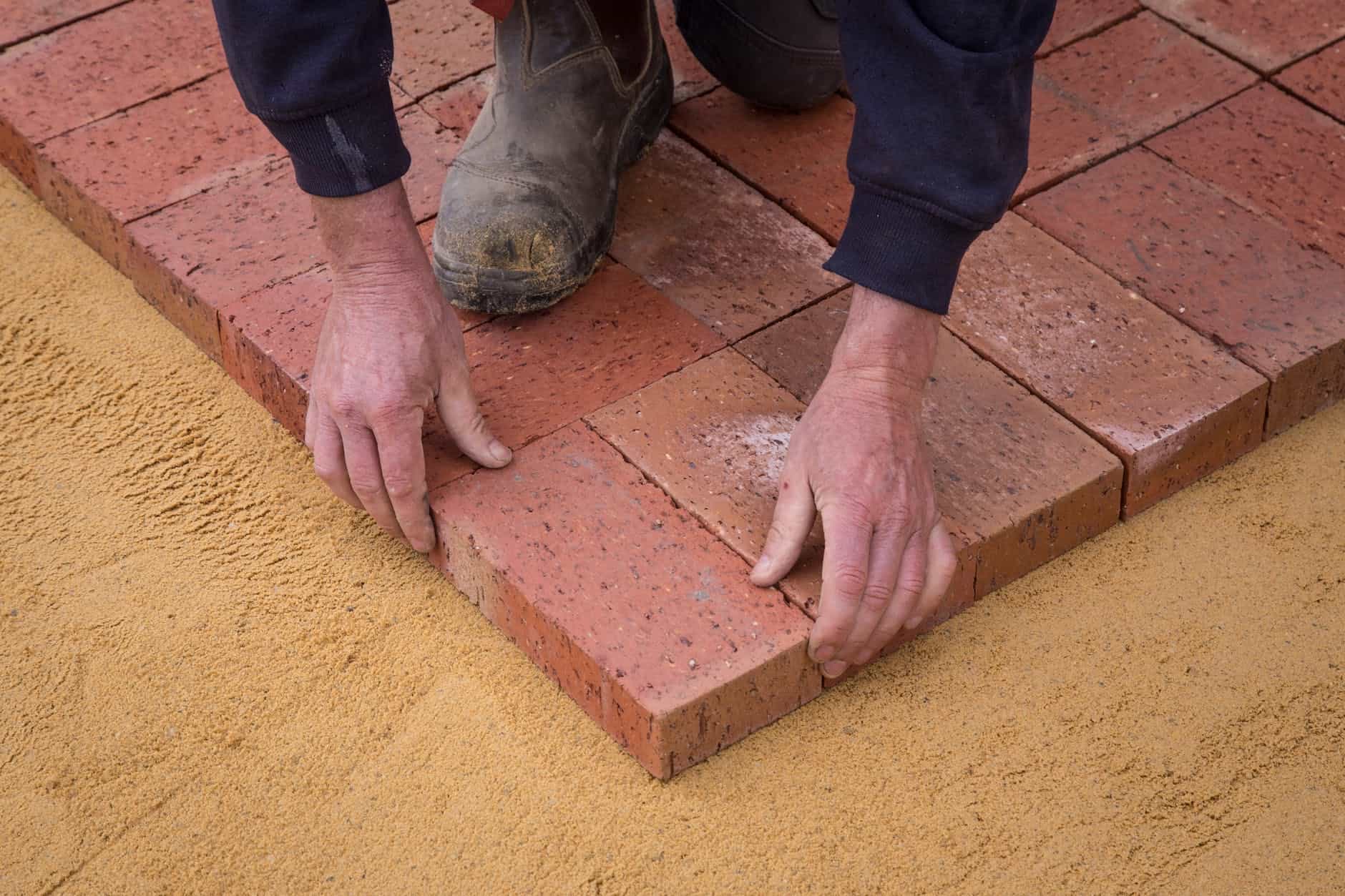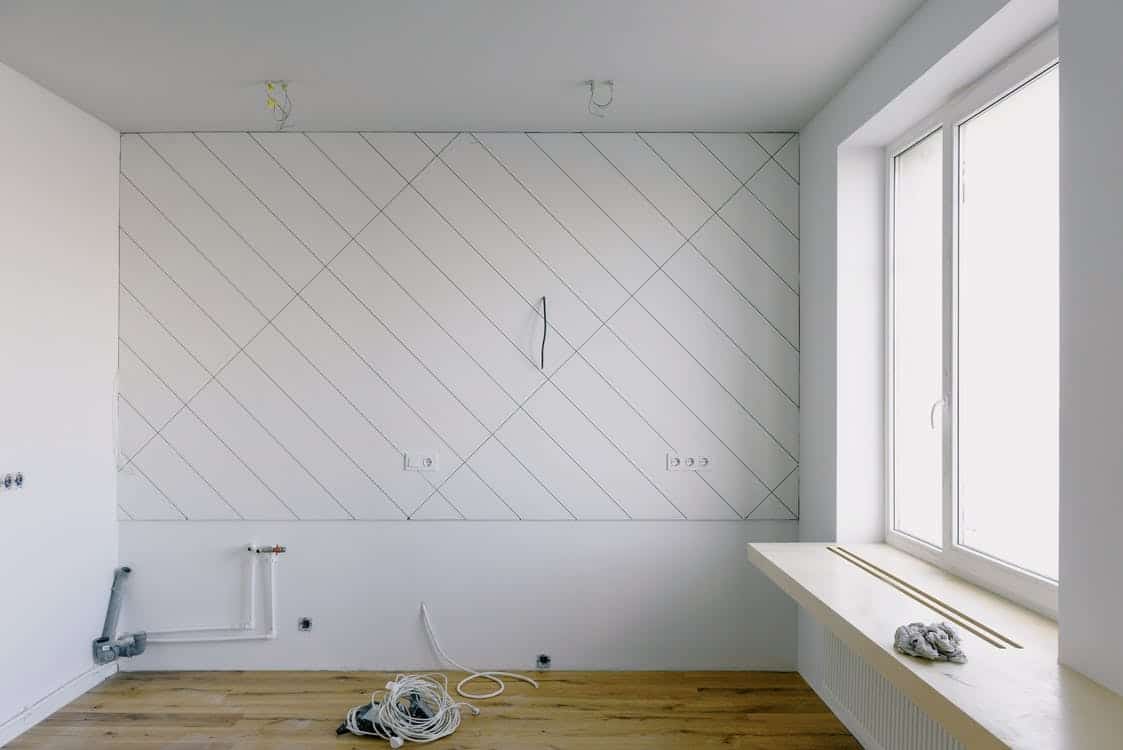The trenchless sewer repair method involves replacing damaged drainage pipes using a trenchless technology that doesn’t involve digging up the ground. Besides not ruining your lovely lawn, the trenchless repair technology is preferred over traditional methods, since it saves homeowners both money and time. Before you start any trenchless sewer repairs, here are some important factors and several risks involved that you should consider.
Trenchless repair is one way to repair sewers without digging trenches in the ground to access the pipes that carry sewage. Traditionally, sewers have been repaired using the excavation method, but the trenches repair method has become increasingly popular as well.
Trenchless repair systems are becoming very popular because they are less expensive than conventional methods. They also give you better service and quality. However, a trenchless sewer repair is not without its risks.
How Do Trenchless Sewer Repairs Work?
A few years ago, damaged sewer lines were probably one of the worst issues you could find yourself dealing with as a homeowner.
Why? For starters, traditional repair methods needed the plumbing company to do some extensive digging on the property. This was to help them excavate the damaged sewer pipes or the clogged old pipe and replace it.
The entire sewer repair work took quite a long time and, in the long run, was quite expensive. The excavation part of the process might not entirely be a thing of the past just yet, but the modern trenchless repair method is a minimally invasive technique that takes only a few days.
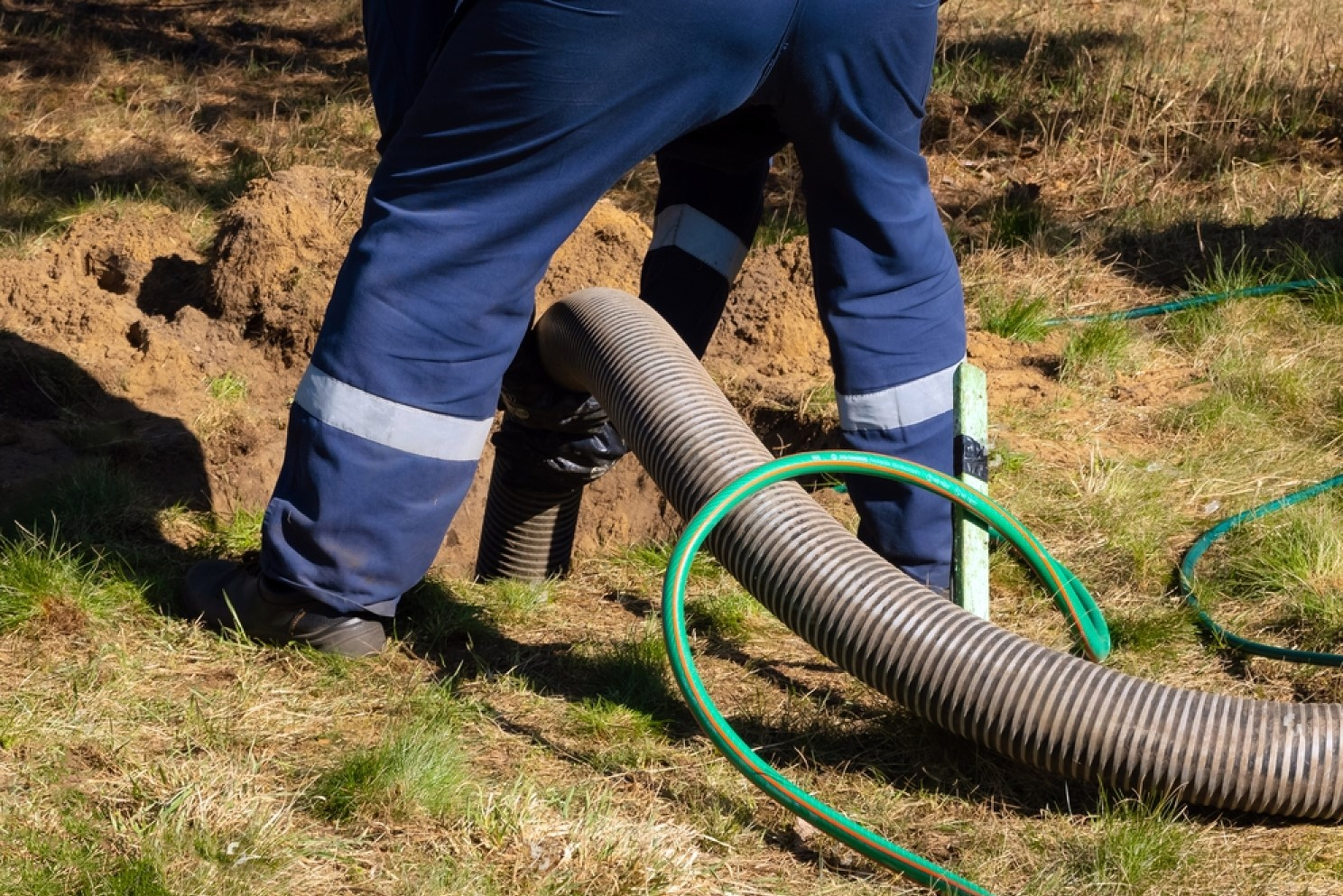
Image Credit: istock.com
Not only is this minimally invasive with less impact on your property, but it’s also a preferred method that gets the job done faster, is more reliable, and is much cheaper in the long run.
There is no way around it, even a well-built sewer system manufactured from the best quality materials will wear out at some point. Sewer lines are exposed to the harshest operating conditions to help run your home on a day-to-day basis. Your sewer system transports all kinds of waste material, debris, and refuse through wastewater, which simply means that they handle the worst of the worst.
With time, these sewer pipes will eventually wear out and then crack to leak and spill sewage on the property— and you don’t want this! So to avoid a worse-off situation, you will need a sewer replacement.
Here’s a brief overview of how the most common and simple trenchless sewer replacement technique works:
1. Initial Sewer Pipe Inspection
The first step in any trenchless sewer repair work is to inspect your sewer system visually through a video inspection. This will involve feeding a plumbing camera through the line to spot the source and extent of the damage. This helps the plumbers to figure out whether a trenchless sewer pipe repair is a viable option.
Once the inspection is done and it is established that it is the most viable option, the plumber will clean the sewer pipes to prepare them for a trenchless repair. Cleaning the pipes helps ensure that the walls are smooth and don’t have debris that could cause the trenchless repair not to work well.
2. Digging the Access Holes
Once that part is complete, the plumbing crew will dig two holes— one on each end of the broken sewer pipes that need to be repaired.
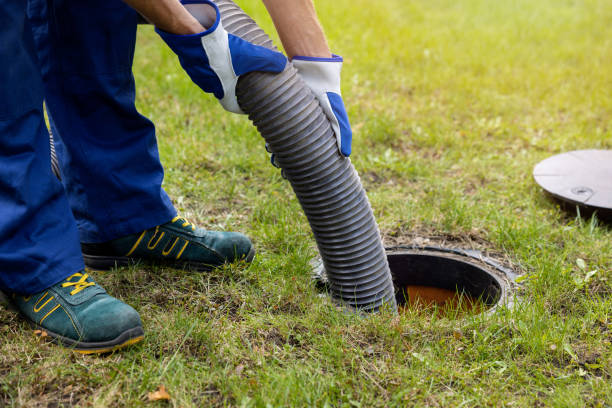
Image Credit: istock.com
These holes help them cut into the sewer line so that they can access the damaged part. Once the holes are cut, they can then send a specialized tool that is connected to a winch through the damaged section of the plumbing line.
3. Inserting An Epoxy Resin Saturated Liner
Once the tool is in place, the plumber can then cut a section of a cloth pipe lining and inject a thick liquid resin into it. While this liquid resin is still wet and the cloth liner is still flexible, the plumber can then attach it to the specialized tool that pulls it through the damaged part using the winch.
Once the new pipe liner is in place, it’s then sealed on one of the ends while the other end is attached to an air compressor. This air compressor is used to inflate it and blow air through it, which makes it fills the entire space inside the damaged pipe. The new pipe liner is then left to dry.
4. Final Video Inspection
When the liner has dried, it becomes rock solid and impermeable to water but also thin enough to reduce the diameter of the sewer pipe only by a small difference. At this point, the new resin liner is checked again using a camera to ensure that it’s properly set within the pipe with no bumps or wrinkles that may cause any clogs in the future.
If everything checks out at this point, then your new epoxy liner pipe is ready to go. The plumber then seals the holes they had cut in your sewer line to restore your lawn to normal.
Depending on the weather and other factors that may affect the plumbing process, this entire process can take as little as two days.
Durable, high-quality epoxy resin liner pipes can last up to 50 years. Thus far, it is the most non-invasive and arguably the most efficient method of repairing sewer pipes. On the downside, it might not always work, especially on rare occasions when the existing pipe might be too damaged, and it’s already too late to rehabilitate the pipe system.
What Are the Different Types of Trenchless Sewer Repairs?
The trenchless rehabilitation technique comes in different methods. Here are the main types:
A. Trenchless Slip Lining Method
The trenchless slip-lining technique is one of the most common trenchless pipe repair and replacement methods. It is often the preferred method of sewer repair since it’s one of the less intrusive and more affordable trenchless repair methods.
This trenchless rehabilitation technique adds an epoxy liner to the existing damaged sewer pipe. This creates a pipe within a pipe, so there’s no need for the complete removal of the existing pipe.
This process uses a thin structural pipe lining that completely fills up and covers the entire inside of the existing pipe. This helps seal off any of the leaks or cracks that might be causing the sewage to spill into the property. The slip lining is initially soft and flexible and injected with a resin liquid that hardens into a water-proof seal when dry.
The liner is fed through the damaged pipe by a specialized winch tool gadget and then inflated once in place. The liner helps fill any gaps inside the old line once it has dried as a support structure.
This technique is particularly great if you need to fix small leaks, minor cracks, and general wear and tear that don’t need digging. Since the liner is so thin, it will take up a negligible amount of space inside the pipe, which means no significant reduction in the pipe’s drainage capacity.
However, as mentioned earlier, this method will not always work in some situations. For instance, if the line is badly damaged or structurally deficient with a problem like bellying, or an improper slope, the slip-lining pipe repair method won’t fix it. With problems such as this, you’ll need a different trenchless repair method.
B. Trenchless Pipe Bursting Method
Besides the slip-lining technique, another common method for trenchless drain pipe repair is the pipe burst method.
The pipe bursting trenchless pipe repair method involves tearing apart the old line while immediately and simultaneously replacing it with a new line. In this technique, an extremely hard metal, the ‘bursting’ head, is fed through the old sewer line using a strong winch.
The pipe-bursting metal head tears apart the existing line to leave a gap in the ground where the old pipe once was. However, there is a flexible but solid new line that is attached to the bursting head, which is laid in its place.
Once the bursting head has been pulled completely through, the new line is then attached to both ends, and your sewer system is good to go.
This pipe-bursting method is significantly faster than the pipe-lining method and is a great way to completely replace any lines that might be damaged beyond repair, including those that the pipe-lining method can’t fix.
However, note that the pipe bursting method leaves bits of the old line buried underground. In addition, this technique does not solve problems such as poor structure, sagging, or poor routing. Unfortunately, these are issues that can only be resolved using a complete excavation and reinstallation process of the sewer line, not the pipe-bursting method
C. Directional Drilling
Directional drilling involves a pipe replacement method that involves digging up a new tunnel for the new sewer pipe. It usually goes several feet under the old sewer line.
This is a method that’s typically employed in circumstances where repairing the existing sewer line is next to impossible, time-consuming, or more expensive.
The directional drilling technique involves using a horizontal drilling machine that bores through the ground to a certain level before drilling horizontally in the entire pipe length. In most cases, the drilling machine is not bigger than a small golf cart or excavator.
The debris is removed, and the new pipe is inserted through the tunnel and connected to the existing pipe system.
What are the Benefits of Using A Trenchless Sewer Line Repair Method?
The trenchless sewer line repair techniques have many benefits compared to the traditional sewer line replacement methods.
The most outstanding benefit is the fact that it is very little to no excavation is needed. This means that yards, driveways, and sidewalks don’t need to be spoilt by being dug up to reach the damaged sewer pipe.
Additional benefits of using these trenchless pipe repair methods include:
a) A shorter repair process that is usually completed within one to two days
b) Considerably more affordable than the traditional sewer line replacement
c) Minimal damage to your landscape and hardscape
d) There’s no need to fill up trenches, so you have a lot less mess to deal with
As opposed to the trenchless methods we have just discussed, traditional sewer repair methods create more havoc which in turn will cost thousands.
Here are 7 reasons to consider a trenchless pipe rehabilitation method.
1. It Doesn’t Involve Breaking or Damaging Property
A trenchless repair doesn’t involve digging for the replacement of a pipe unlike the traditional method which requires excavation. Underground utilities may be damaged if improperly handled.
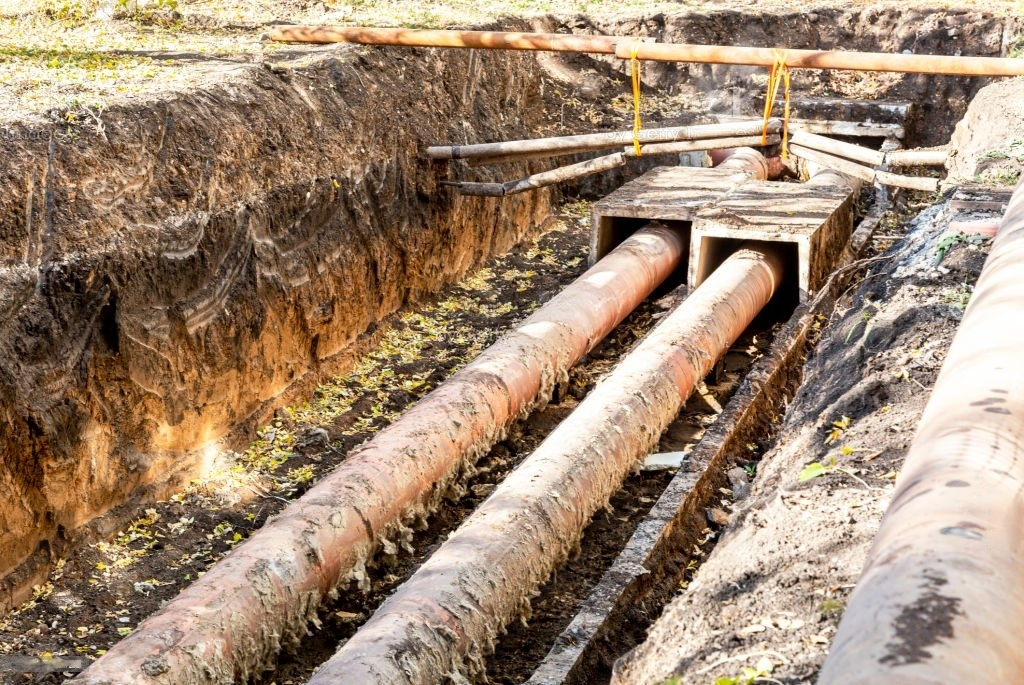
Image Credit: istock.com
Before starting the project, you should check whether the existing pipes are actually salvageable and can be replaced. In addition, you should consult a professional who has experience in trenchless sewer repair.
The homeowner can face more expenses if the pipes are further damaged due to faulty installation or maintenance. In addition, the homeowner might also lose their home insurance coverage.
A trenchless sewer repair saves you the effort of needing to excavate under roads, sidewalks, parking lots, and other areas where pipes run underground. The massive excavation involved in trench repairs comes with potential hazards for nearby buildings and structures.
2. It Prevents Damage to Underground Water Lines and Drainage Pipes
When performing trenchless repairs, checking the area around the pipe before starting the job is essential. The traditional method involves digging and digging too close to the main water line could result in severe consequences to underground water lines and drainage pipes. Since trenchless sewer repair technology does not involve digging, it’s one way to help prevent this damage.
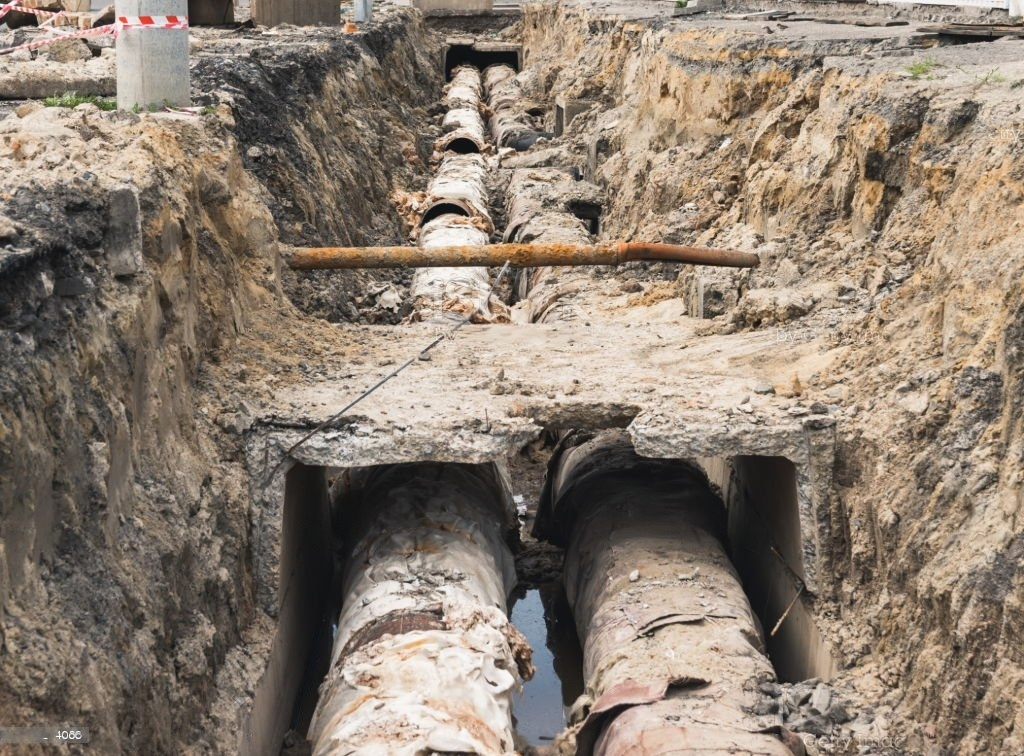
Image Credit: istock.com
The digging involved in the traditional sewer repair method sometimes goes without proper precautions, and can cause serious injury. Multiple pipes may also get damaged, especcially if they are too close to each other.
The traditional sewer repair method has its limitations and careless digging, at times could damage buried utility lines. Slopes with steep gradients or water tables with high water levels cannot be used for this method.
Trenchless pipe repair has come a long way, especially when using CIPP relining techniques for same-day repairs. This allows you to repair sewer lines without digging up the yard.
3. Workers Don’t Get Injured
One of the most significant risks associated with traditional sewer repair is the potential for workers to get seriously injured. It is very easy for the workers to slip and fall into the trenches while digging up the old pipes.
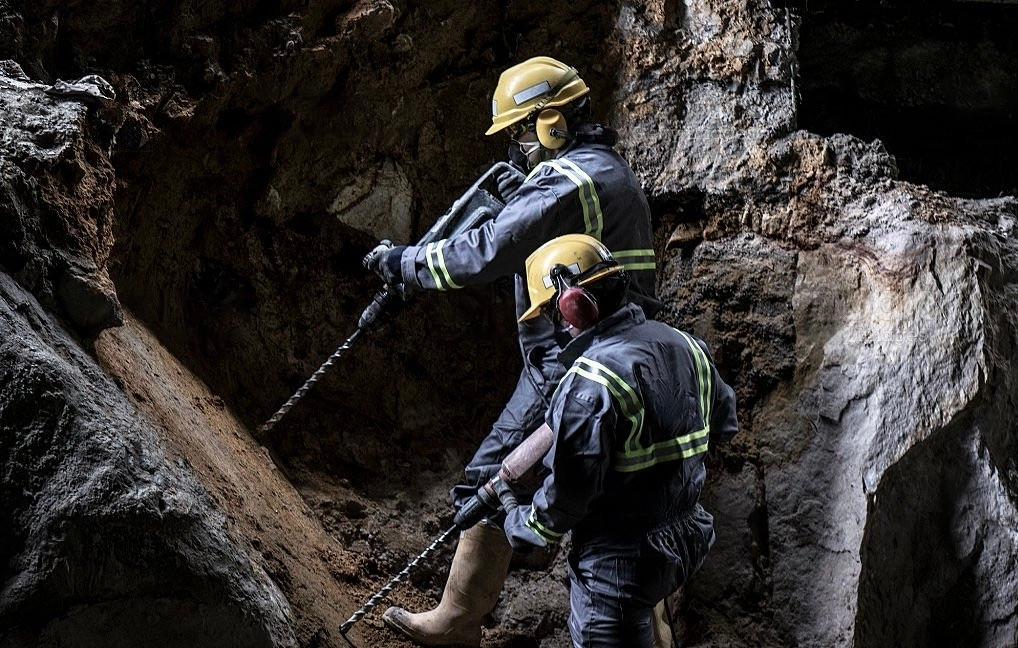
Image Credit: istock.com
Moreover, there is an increased chance of getting injured when workers use heavy equipment.
Workers involved in traditional sewer repair often get hurt due to their lack of experience. They might also get injured when they are working around heavy machinery. Therefore, employers should take precautions to ensure the safety of employees.
4. No Risk of Flooding
Another major risk factor you should consider is the possibility of damaging the surrounding areas and your home through saturation of water and flooding in the long-run. Just imagine the expenses in trying to repair your home after a water damage. The same applies to the surrounding soil and plants.

Image Credit: istock.com
In addition, the excavation process can create large amounts of debris that can clog storm drains and flood basements.
Flooding during this kind of sewer repair can cause significant damage to property and infrastructure. If you live near a sewer repair project, you should contact your local authority to determine whether they plan to perform repairs before the rainy season begins.
5. Reduces the Risk of Gas Leaks
Gas leaks are one of the biggest threats as a result of traditional sewer repair. Not only can it cause property damage, it can cause severe injury, even death at times, which makes it very dangerous, if mishandled.
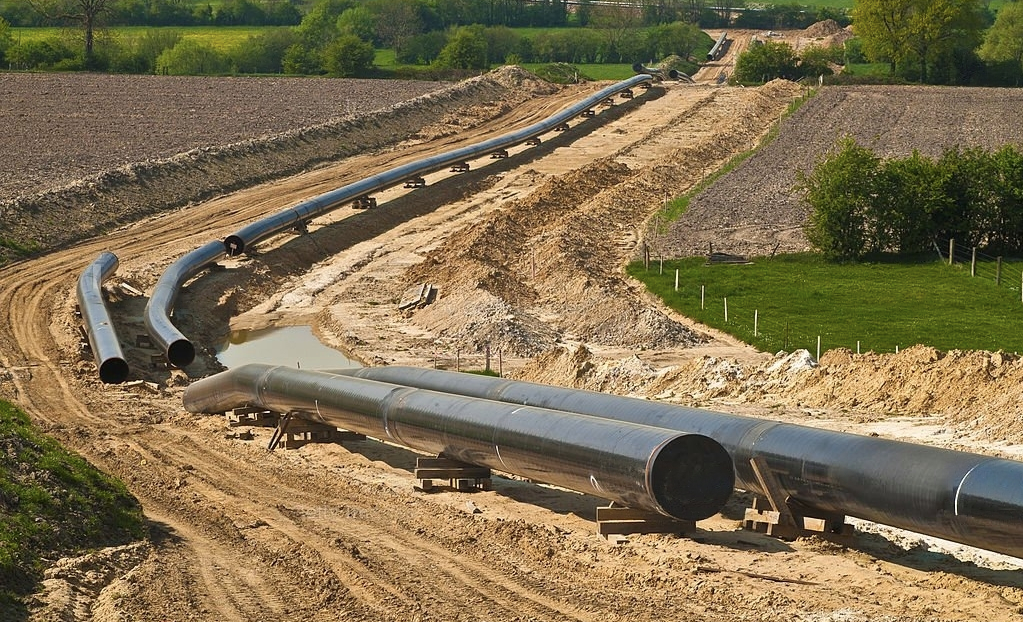
Image Credit: istock.com
You should always check for gas leaks before digging trenches when repairing sewers. Gas leaks can occur anytime, especially when cutting through old pipes. Gas leaks can also occur when soil collapses around the pipe and dislodges it. You should consult a professional immediately if you suspect there is a problem.
6. Has Minimal to No Unexpected Costs
One of the biggest risks associated with traditional sewer repairs is the cloaked unexpected costs. If there are unforeseen issues during the excavation process, such as damaged pipes or other underground infrastructure, the cost of fixing them will likely be much higher than expected.
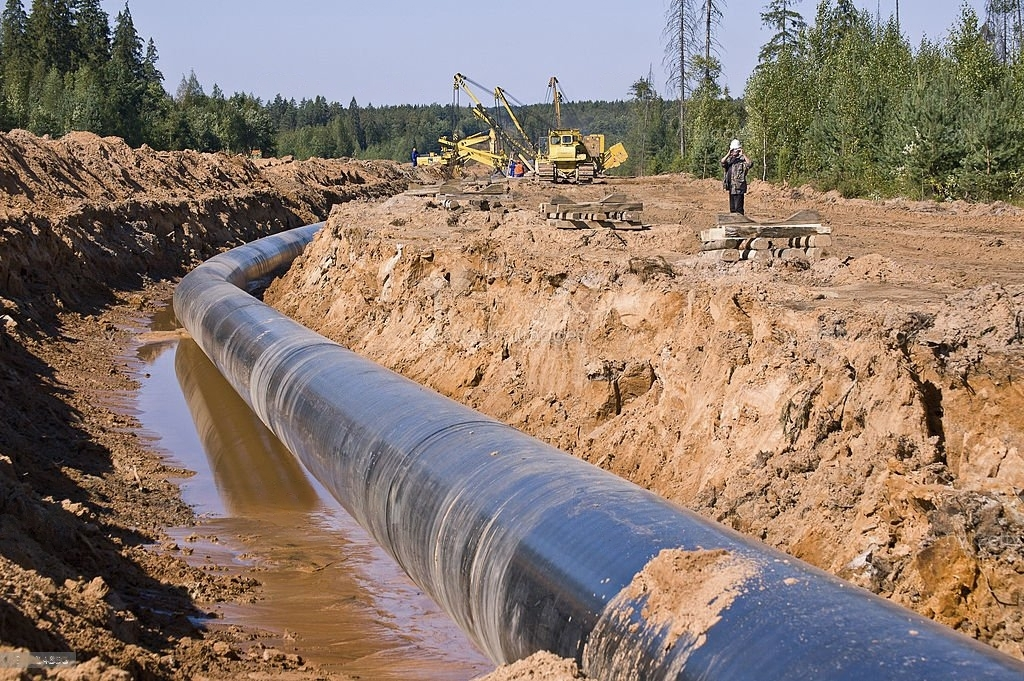
Image Credit: istock.com
The trenchless method has some advantages over the traditional method, including lower costs associated with not having to dig trenches to replace old pipes.
7. No Need for a lot of Manpower or Special Equipment
To perform trenchless repairs, an expert must first identify the problem. To accomplish this, the area where the work is to be performed must be very well understood. It will also require specialized equipment, such as cameras, sensors, and cutting tools, but even then it will not require as many people or equipment compared to the traditional method.
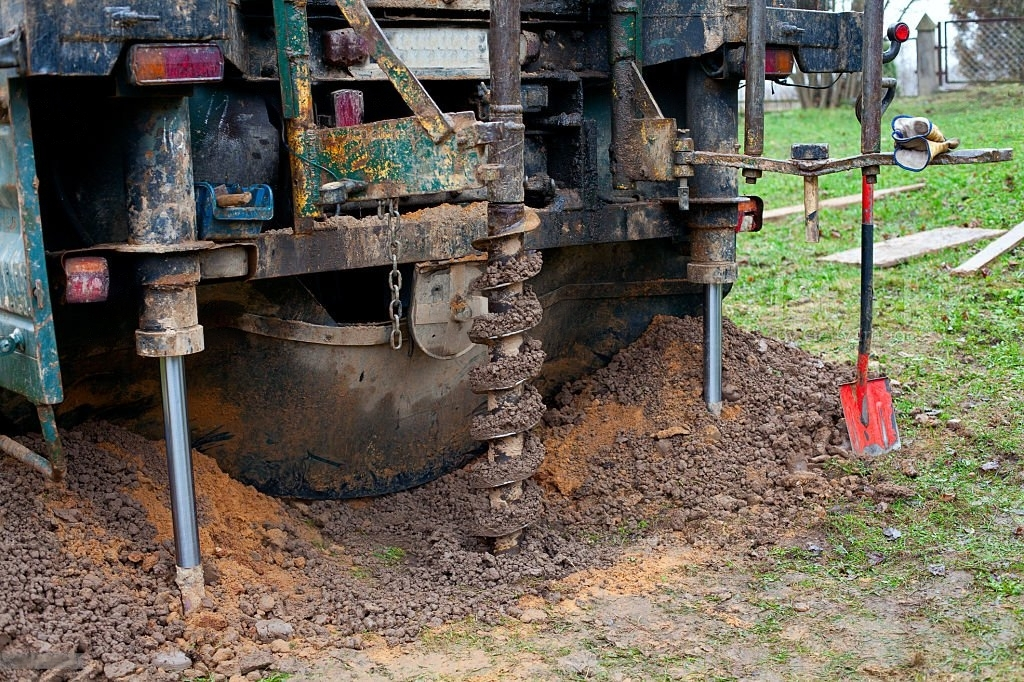
Image Credit: istock.com
Trenchless sewer repair is done using a camera and other tools to detect problems in the sewer line. Computer screens display images from the camera, revealing the location of the problem.
Once the problem has been located, the camera takes pictures of the damaged area. These pictures are sent to a machine that cuts out the damaged section of the pipe.
Then, the cutout piece is removed from the pipe and replaced with new material. Finally, the repaired section of the pipe is inspected to ensure that the job was successful.
Investing in the right equipment is necessary to perform trenchless sewer repair. Before attempting trenchless sewer replacement, you should also have experience working with sewer lines. Hiring someone with these skills is the only solution if you don’t have them.
Factors to Consider Before A Trenchless Pipe Repair
A. The Condition Of The Soil
For trenchless repairs to be successful, soil conditions must be favorable. If the soil is too soft or compacted, it will cause problems during the lining installation. This can result in costly repairs.
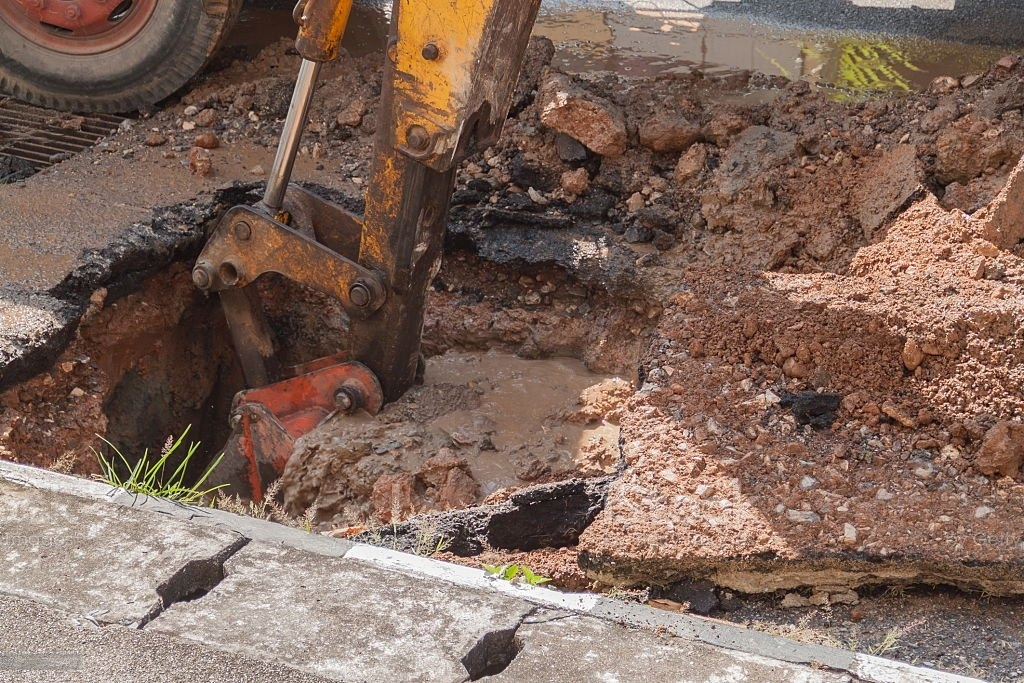
Image Credit: istock.com
Soil conditions should be considered carefully before starting a trenchless sewer repair project. The soil’s quality can be determined in several ways. Various pits can be dug around the site to determine how well the site performs. From this a core sample analysis is conducted.
Trenchless repairs involve using a pipe cutter to cut out the damaged section of the pipe. This method can cause damage to the soil around the pipes. If the soil is weak, it can collapse under the weight of the equipment being used.
Before starting the project, you should test the condition of the soil around the damaged area. Otherwise, you might damage the surrounding areas during excavation.
The soil should also be dry enough to work through without waterlogging. If the soil is wet or saturated, the trenchless sewer repair method cannot be applied.
B. Special Codes And Permits
Trenchless repairs require special permits and codes. Contractors often face challenges when dealing with local authorities. These include obtaining permits, complying with codes, and ensuring safety.
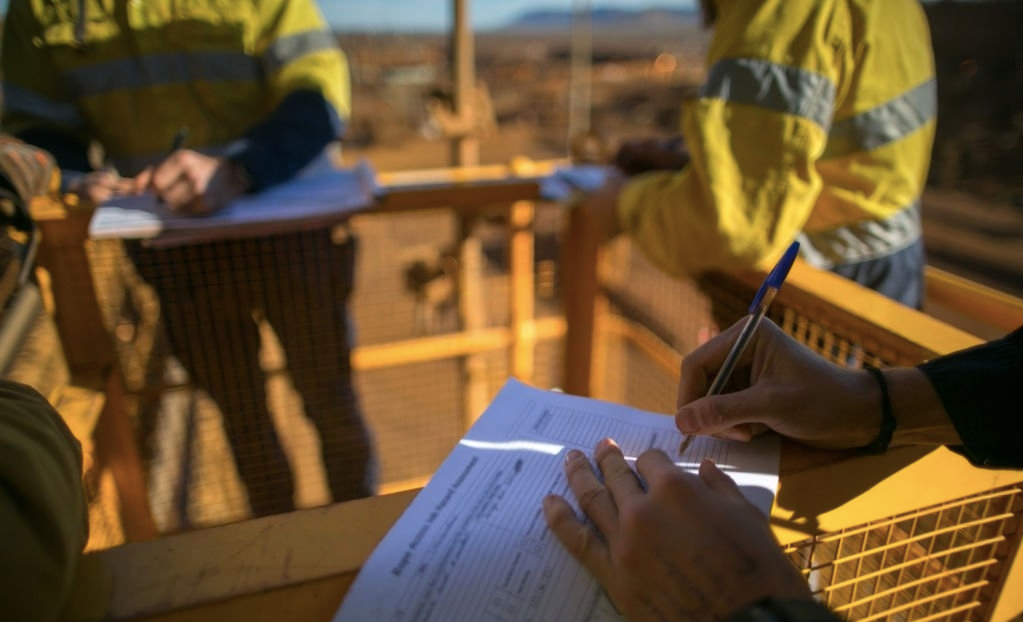
Image Credit: istock.com
If the trenchless sewer repair is required along the road, then special permits and codes must be taken into account. Also, the trenchless sewer repair should not be done during heavy rain as it could lead to flooding.
Although pipe lining and bursting require less excavation, construction permits and building regulations must still be followed for safety. The majority of towns have particular rules for contractors and need permits for any work being done on sidewalks and roadways.
Like any sewage project, the work must pass inspection and adhere to regulations. Additionally, because pipe lining cannot solve every issue and typically has a relatively shorter lifespan than new pipes, some sanitary district authorities do not permit it
5 Signs that You Need Trenchless Sewer Pipe Repair Done
There are some common plumbing problems homeowners can fix to repair plumbing issues, and there are those you will need to call in for some professional help. Here are some common plumbing problems that show that you will need trenchless pipe repair done:
I) Foul Odor from Multiple Drains
One of the first and most common signs that the sewer line is leaking and in need of repair is a foul smell coming from the different drains in your home. If you happen to notice this smell, it probably means that your sewer line is leaking. You will probably smell it in the basement or outside. In addition, pay attention to any smells that might be coming off from the walls. This happens due to the growth of mold or mildew in the presence of moisture from the leaking pipes.
ii) Multiple Clogged Drains
A single clog in the house is a common problem that could be easily fixed by an expert if a drain plunger can’t fix it. However, if there are different clogs at the same time in the house then it’s definitely a sign that you should seek professional help for an immediate sewer line repair.
The most common signs of a clog are in the bathroom or sink when you notice they are slow to drain. Another common place this occurs is in the toilet when the water rises or bubbles out while the water runs from another plumbing fixture.
Alternatively, you could have an overflowing toilet that’s caused by a clog. However, first, you need to check whether it’s a problem with the cut-off valve in your toilet tank to help you establish whether it’s indeed a sewer problem.
iii) Loud Gurgling Sounds
Other symptoms that you need a drain pipe repair include loud gurgling sounds that might be coming from your drain. This shows that you might have a clog somewhere in the sewer lines.
One plumbing fixture showing these problems indicates that the clog is only in the drain of that fixture. However, if this is an issue that affects more than one fixture simultaneously then it shows that the clog is in the main sewer line, and you might be dealing with a damaged sewer line.
iv) Darker Shade of Green Grass Patches
Leaks in your sewer will cause waste to rise to the surface. This, in turn, causes rapid growth in the grass with a darker shade of green color. If you notice the patches in the area where your sewer line is placed then there might be leakage, and you should get professional help.
v) Improper Drainage
If one of your sinks in the house drains, and immediately you notice water coming up from another or the toilet, then it’s a sign that your drain is not working well. It could be clogged up, preventing proper drainage, and the problem could be in your sewer line.
If you experience any of these signs then you need a trenchless sewer line repair. It’s always best to address the issues immediately rather than wait when it comes to a sewer line repair otherwise, it may get worse and ultimately cost you more in the long run.
Frequently Asked Questions on Trenchless Sewer Repairs
1. What materials can be used for piping in a trenchless pipe repair?
Here are some strong and durable options that would make an ideal choice for a trenchless repair
- Vitrified clay
- High-density Polyethylene (HDPE)
- Polyvinyl Chloride (PVC)
- Steel
2. What materials should be used in connecting pipelines for a trenchless repair?
The most commonly used plumbing materials for connecting pipes are:
- Copper – piping material used for its soft, ductile, malleable, and high thermal conductivity. It is incredibly durable and able to handle high pressure
- Polyvinyl Chloride (PVC) – is the most versatile and widely used polymer commonly used since it’s lighter, easier to work with, inexpensive, and fairly durable
- Chlorinated Polyvinyl Chloride (CPVC) – a thermoplastic that is more flexible than PVC, and can withstand higher temperature
- PEX – cross-linked polyethylene that costs less than half the price of copper, installs much faster, is flexible so it makes remodeling easier, and can weave through walls, ceilings, etc.
3. Can a trenchless Cured-in-Place Pipelining (CIPP) repair fix a belly?
In certain cases, trenchless Cured-in-Place Pipelining (CIPP) can be done. It is a lower-cost option for some pipe replacement situations. However, the trenchless CIPP method will not always correct bellies in your sewer line.
4. What are the disadvantages of using a trenchless pipe lining?
The only downside of a trenchless repair is that it’s not always possible to use it. Factors such as corrosion or old lines can cause the pipes to be unsalvageable, making the next solution a trenched sewer line repair.
5. How many times can you do a trenchless repair?
Relining pipes in a trenchless repair can be done twice. The trenchless repair method will leave your pipe sections a lot stronger and more durable than they were before. A well-relined pipe can withstand damage from a storm, quake, or the test of time.
In an ideal situation, the plumber can complete the entire relining process within 4 hours to a day. The curing process should take up to 24 hours. The entire relining work from start to finish is more efficient in certain scenarios than a re-piping which might take weeks.
Conclusion
Sewer systems are vital parts of our infrastructure. They collect wastewater from homes and businesses, then transport it away from buildings. The pipes are buried underground to prevent them from being damaged or destroyed by heavy rain or snowfall.
However, these sewers can become blocked due to tree roots, debris, or other obstructions. This can cause sewage backup into basements, crawl spaces, and the home. When this happens, you need to know how to get rid of the bad sewer smell from your house.

